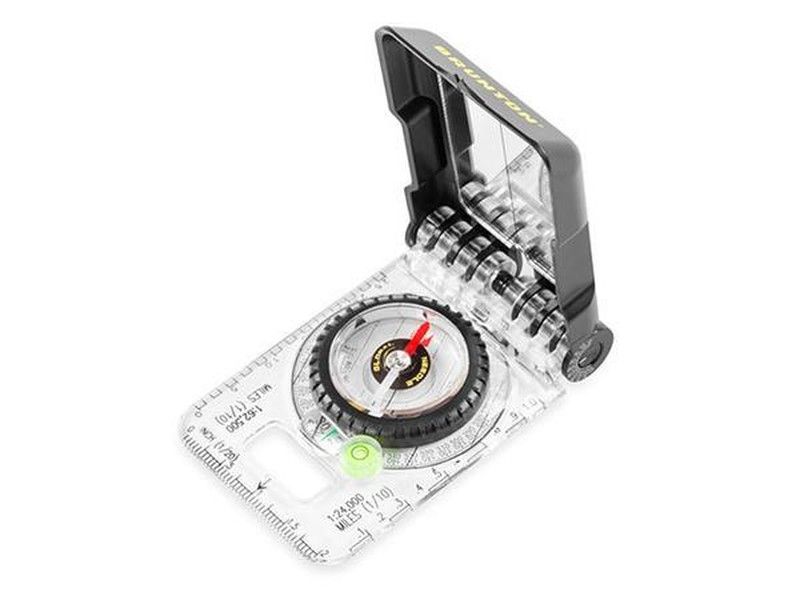Compasses for all uses
Did you know that there are specific compasses for each use? Learn how to choose the photo you need.

Dry compasses are those that the needle is mounted on a cubicle or space only with air, without any type of liquid. They are initiation compasses and for punctual use, which will help us to orient ourselves at a certain time or in an emergency, on an excursion, city or other place.
They are also recommended for school use or for children. Having little stability, only punctual use is recommended.
They are those compasses that are used for mountain orientation, either for private use or in competition. They are called cartographic because they are used together with a cartographic map, hence they are mounted on a plastic or transparent methacrylate, to be able to put them on the map.
They incorporate different scales, all applicable to maps, in order to calculate real distances. They also usually have a magnifying glass to enlarge the details of the maps and in some models they add three important elements: the level, the clinometer and the mirror. These three elements are more geared for use in geology.
These types of compasses are for professional or research use, due to their precision and performance they are used for positioning with total precision, absolutely necessary in fields such as topography and geology.
These compasses also incorporate a mirror, level and inclinometer, since their geological and mountain use is normally related to the inclination of the terrain. Also included are those prismatic compasses, which we use to set a specific course.
Although we have already commented that the main use is geological and technical, the use of bearing and bearing for expeditions and mountaineering also applies to them.
Boat compasses are an essential instrument for any boat, even for more utilitarian boats like kayaks. They basically serve to mark the course when you are sailing, and at the same time to establish the position when you are stopped, whether you are in a motor boat or rowing.
These compasses are embedded in the control panel of the boats, in a fixed position and they tend to be spherical and mounted on liquid, therefore they are more stable.
In cases of poor visibility or fog, they are an instrument of vital importance, as much or more than the horn of the boat can be.







Opinions of our clients
Receive our news